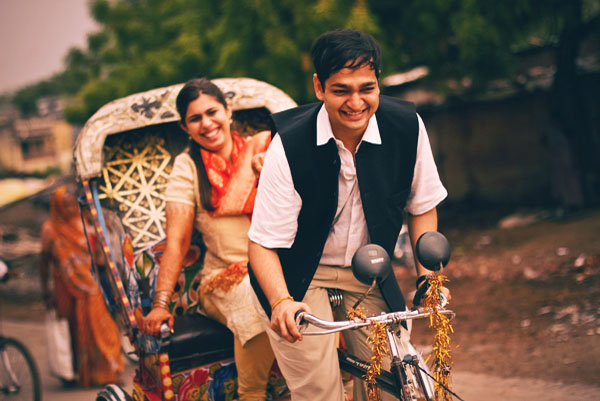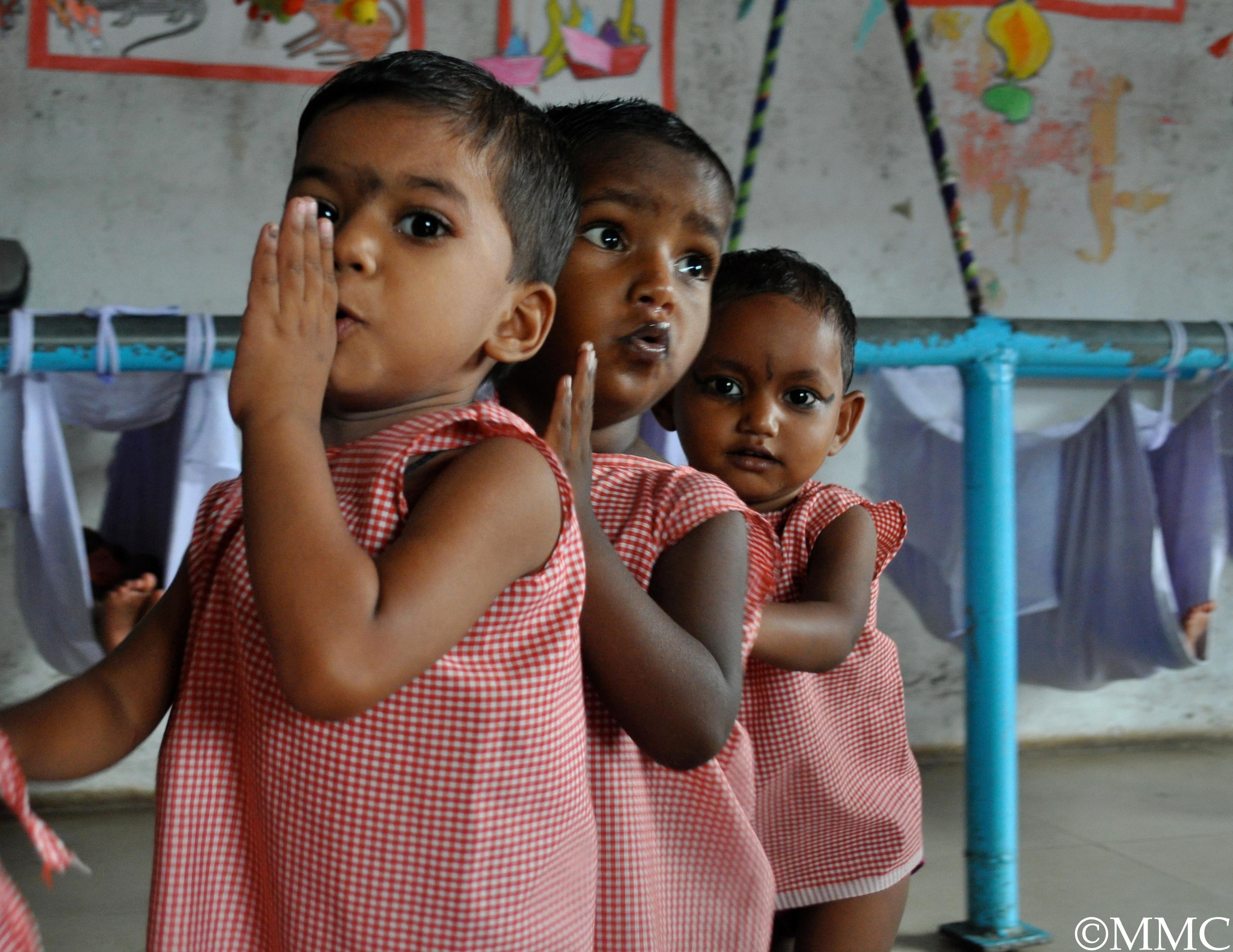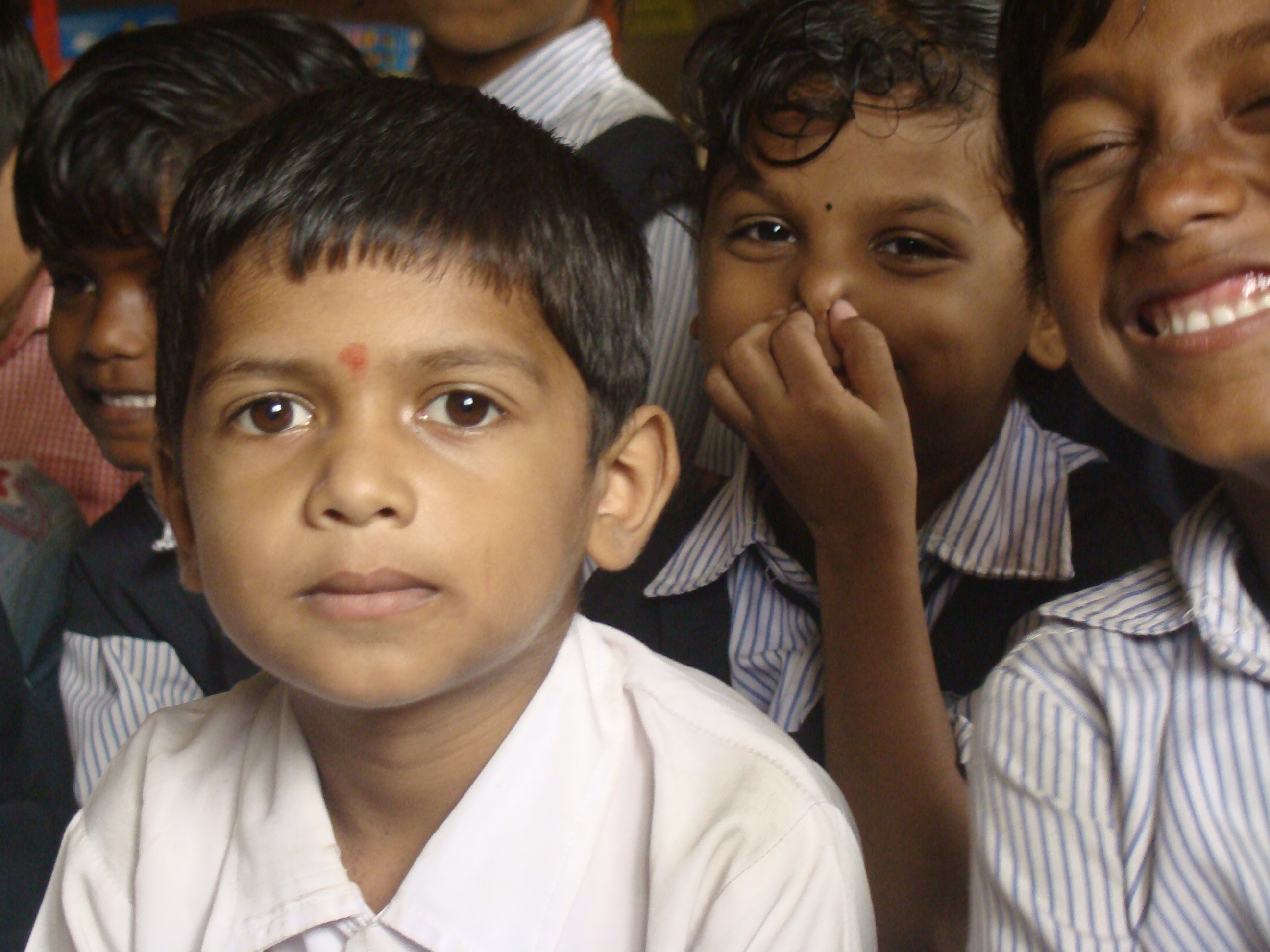Our first ‘Spin A Yarn on Twitter’ got a great response yesterday. We feature the two winners and their stories.
by The Editors | editor@themetrognome.in
It started at 4 pm exactly. And later at 7 pm. Both went off so well, we were still grinning after it was over – which also had something to do with the fact that #SpinAYarn was the Number 1 trending topic in Mumbai yesterday.
We thank those who participated in our first ‘Spin A Yarn on Twitter’ contest and gave us 30 minutes of frantic fun, twice a day. We just gave participants an opening line; the rest of the story was built by the contestants. Ankita Chemburkar and Salil Jayakar won the contest.
 Ankita Chemburkar, who works with Grey Worldwide as a content writer and social media copywriter, won for her hilarious poem on a girl who is on Twitter. Ankita (22) is a Lower Parel resident, who says this was the first Twitter contest she’s ever won. “The best thing about the contest was this it allowed complete creative freedom – something that rarely happens, even in the world of advertising. So I guess the awesome part of it all was being able to go completely ballistic with my imagination and my writing, even if they were in the forms of bad puns and rhymes,” she said.
Ankita Chemburkar, who works with Grey Worldwide as a content writer and social media copywriter, won for her hilarious poem on a girl who is on Twitter. Ankita (22) is a Lower Parel resident, who says this was the first Twitter contest she’s ever won. “The best thing about the contest was this it allowed complete creative freedom – something that rarely happens, even in the world of advertising. So I guess the awesome part of it all was being able to go completely ballistic with my imagination and my writing, even if they were in the forms of bad puns and rhymes,” she said.
“Usually, I love to write sarcastic and pun-filled stuff. I like to fabricate stories and the only emo bit of me comes out in my poems,” she says, adding that her secret dream is to “doodle on a historical monument. Like ALL over it. And no one would know it were me, making it the biggest graffiti vandalism there ever was.”
This is Ankita’s yarn, which started with the opening line, ‘It was the best of times, it was the worst of times,’ and went like this:
“It was the best of times, it was the worst of times. Entertaining & annoying ‘coz the woman loved her rhymes.
She found a place where she could rhyme away to glory. Little did we know the end to this tale would be so gory.
Shunned by Facebook friends, she was distraught and bitter. Then she found out she could rant away on Twitter.
She tweeted and tweeted; she punned & punned away. Thinking no one will hate her online presence from this day.
Her tweets were funny and cute, she tweeted on food. ‘I should’ve done this before, for it is so good!’
She put her puns in cute little doodles. Ignoring the “i-will-kill-you” expressions from her boss, @mooodles
Little did she know that this was where terror lurked. But she kept on punning, as long as she wasn’t shirked.
She gained popularity, her jokes were being retweeted. The frequency of her tweeting became quite heated(?) 😛
No more “U want to mek fraandsheep wit me” no more stalkers! No more “You’re hot care to show me your knockers?”
She was happy in her own place, tweeting as much as 80 times a day. After all, what was anyone else going to say?
Then came a day where it all came crashing down. She was being Unfollowed; her smile turned to a frown.
The numbers dwindled down, she wish she did paid Ads. Then she remembered it was Twitter & she became quite mad.
Everyone ridiculed her desperate attempts to be funny. Suddenly she wished she hadn’t been so… ‘punny’.
No one ‘#ff-ed’ her anymore, she became distraught. ‘But this is Twitter! How can this be?!’ she thought.
From a rising star to a loser, she did convert. Getting followed by creepy uncles and the occasional pervert.
Her life was caught in a whirlwind of tweets and follows. But her life and heart were truly empty & hollow.
She became quite demented, last time we heard. Even a simple chirp reminded her of the blue Twitter bird.
No one took notice as she stopped logging in online. Everyone went tweeting as usual as though all was fine.
That story is told till date about the girl obsessed with Twitter. The almost-celeb who then became a quitter.
Her defeat was in desperation, the downfall in wit. And that’s the story of a tweeter who became… just a twit.”
—————————————
 Salil Jayakar was our other winner, and he won for his dreamy, nostalgic take on a boy who’s musing on the last two years of his life. He said, “The best thing about the contest was trying to pick up from where you started and make sense of it in such a short time!” Salil is 31, and describes himself as a “Bandra boy, a Bombay boy who works as a communications professional…I’m just another less ordinary guy with extraordinary dreams.”
Salil Jayakar was our other winner, and he won for his dreamy, nostalgic take on a boy who’s musing on the last two years of his life. He said, “The best thing about the contest was trying to pick up from where you started and make sense of it in such a short time!” Salil is 31, and describes himself as a “Bandra boy, a Bombay boy who works as a communications professional…I’m just another less ordinary guy with extraordinary dreams.”
He adds, “I don’t write much lately. Earlier, it was mostly features. These days I blog every once in a while on whatever takes my fancy.” He counts travelling as one of his passions, which allows him to meet new people and soak in as many cultures as possible. “I’m also on a continued quest to go from #fat2fit.”
Salil’s yarn started with our opening line, ‘It hadn’t always been like this. Well, at least for the last two years,’ and went like this:
“He lived another life in another city, another place where he was but a stranger in a strange place.
He was the Bandra Boy, the Bombay Boy who became the London lad oh so easily.
A city he loved to call home. Because as they say, home is where the heart is. Oh yes, he was a romantic.
And Bombay? Where he was born? Where he loved and where he lost… he lost it all.
Looking back at those 2 years he realised how much he’d changed. How much he’d let go…
And letting go is never easy. Is it? Family. Friends. Lovers. Leaving is easy, letting go so difficult…
But that’s all done and dusted. London still beckoned but there were new borders to cross.
He worked hard, partied even harder. He had bills to pay, promises to keep and many miles to go, still…
He looked fwd to it now. His next holiday! Where would it take him? Who’d come along? Or go solo?
He didn’t care for fancy hotels and 5 stars, a mixed dorm in a decent hostel would do just fine!
Memories of last solo trip come flooding back… saudades as they say, that love and longing…
The incessant honking wakes him up. He’s #inthebus, alomost home. Time to get off. He’ll #SpinAYarn again, some other time.”
Look out for stories from our Special Mentions tomorrow.
 My best friend was getting married and her husband was my ex lover.
My best friend was getting married and her husband was my ex lover.









